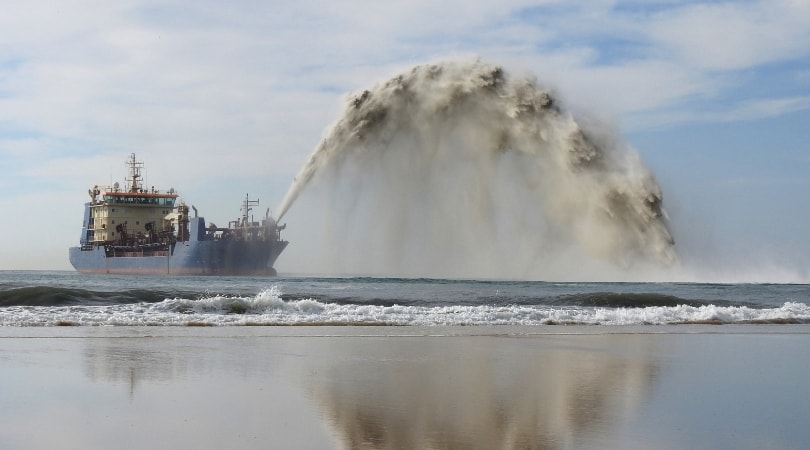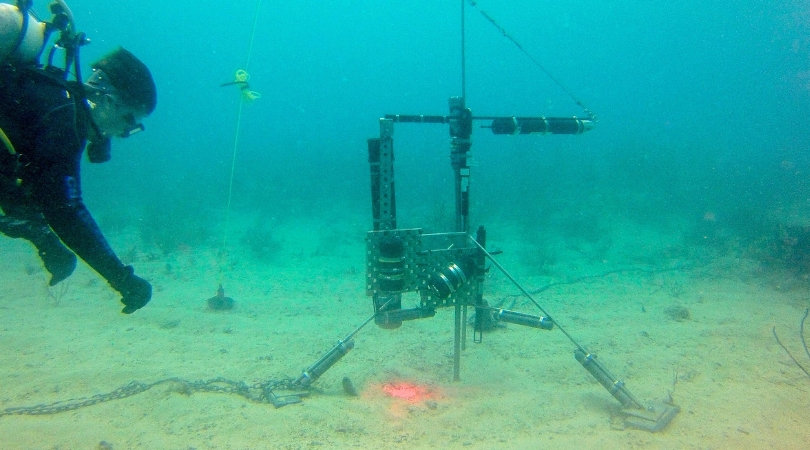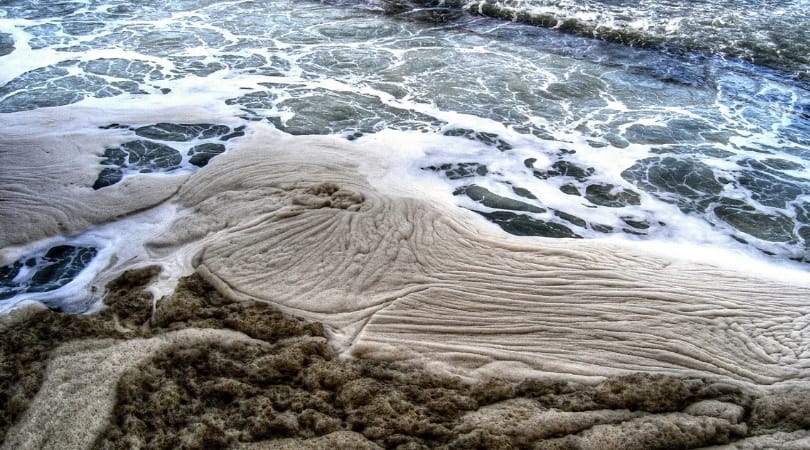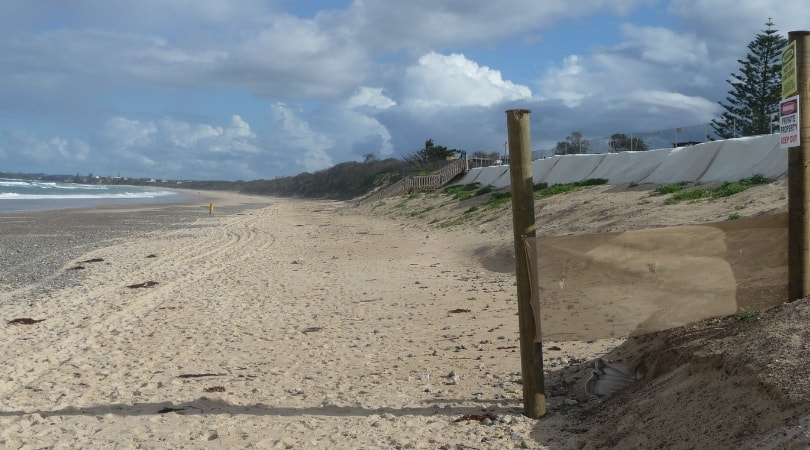Marine
PORT & DREDGING
- Dredge spoil ground assessment for existing sites and characterising new sites
- Quantifying spoil ground capacity and extending capacity and lifespan
- Optimisation of dredging and/or disposal options
- Site selection studies for sand aggregate/sand borrowing sites and dredge disposal sites
- Reduction of capital and maintenance dredging requirements
- Identifying the source of sedimentation, fluid mud and transport pathways and processes
- Monitoring alternative dredging systems (Jetsed, agitation etc.)
- Beneficial use and working with nature
- Mudflat and salt-marsh rejuvenation
- Impact assessments of capital dredge schemes on environmentally sensitive sites
- Dredge and suspended sediment plume monitoring
- Identifying zones of impact and control sites
- Efficiency testing of silt screens
- Dredge plant optimisation and evaluation of dredging efficiency and stripping losses
- Assessment of suspended solids from natural processes, dredge plant overflow and prop-wash
- Evaluation of sediment dispersal due to re-handling and disturbance
- Model calibration, validation and ground-truthing
MARINE SURVEY
- Hydrographic, geophysics and metocean survey
- Turbidity and water quality monitoring
- Sediment and benthic sampling
- Seabed characterisation
- Cable routes, trenching and pipeline assessments
- Pipeline leak detection
- Marine aggregate and sand borrowing: overflow plume dispersal and seabed disturbance monitoring
- Erosion and sedimentation monitoring at marine archaeological sites
- Marine conservation assessments
- Assessment of major infrastructure projects in terms of evaluating environmental impact, sustainability and viability within acceptable legislative and environmental frameworks
CONTAMINATED SEDIMENT
- Identifying source(s) of contaminants
- Risk of disturbance and fate of contaminants prior to clean-up
- Quantifying stripping losses during dredging and dispersal during clean-up
- Assessment of capping efficiency, retention in borrow pits and CAD cells
- Monitoring re-contamination of cleaned area, capping efficiency and integrity of capped sediment
- Contaminated sediment dispersal, transport and fate studies
- Sedimentation rates and monitoring natural recovery
- Sediment and polluted sediment tracing within and exiting CDFs
- Evaluation of Total Maximum Daily Load (TMDL) for pollutants and contaminants in water
COASTAL PROTECTION, BEACH NOURISHMENT & FLOOD DEFENCE
- Assessment of coastal protection, recession lines and impact of sea-level rise
- Longshore and cross-shore silt and sand transport processes
- Identifying null zones and ebb/flood shoal dynamics in inlets
- Offshore-onshore and regional sediment management assessments
- Beach nourishment studies, quantifying nett ‘gain’ or ‘loss’ and understanding system to reduce rate
- Fate of nourished sand and possible recovery and impact on adjacent sensitive sites
- Optimum placement method and use and ‘loss’ of fine fractions
- Sand by-pass and back-pass evaluation
- Identifying sand and silt traps for sustainable beach nourishment
- Coastal defence: rejuvenation of mudflats and sand shoals through recharge and sand engines
- Aggregate dredging/sand borrowing assessments





